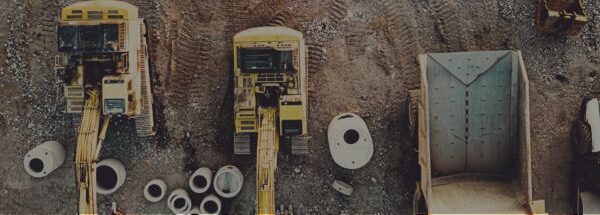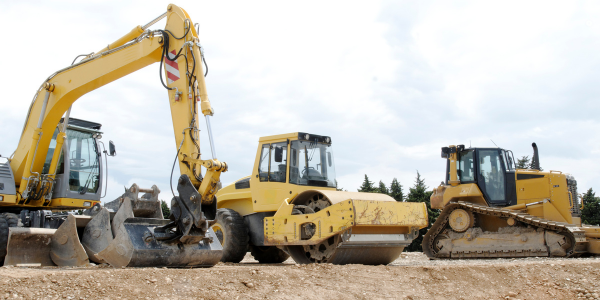
In any rental business, sales is likely to be something that you have to consider at some level. Whether you sell consumables with your rental equipment or tools, have a commercial parts department or simply re-sell your fleet when it reaches the end of its useful economic life selling is a part of most rental businesses.
Veterans of the rental world will tell you that rental is a much more complex process than a sale. The value may be larger on an individual sale, but the rental process has more stumbling blocks for the unwary. Calculating your profitability on a rental is considerably harder as you need to consider elements such as depreciation, maintenance costs and the costs of doing business (swap outs, relocations, and differences in transport and man power costs on short-term rentals versus long-term rentals). Your rental and sales systems at this point are incredibly important in providing the information you need for both areas of your business.
There are some fundamental workflow concepts that your systems need to address, one of the most common discussions we have is how do you treat your inventory. Do you buy for your rental fleet and use a totally different product code for your sales items, even if you rent and sell the same product code? Or, does your system allow you to be more flexible and consider everything as “new” up until the point when it goes out on its first rental. Or conversely, does everything get bought as a sales item, until you make the decision to rent it. Your asset financial management and inventory management software should allow that to happen without needing complex intervention to get the postings and asset register to keep up with the business.
If you rent something and want to include sales items with the rental, whether those are consumables (ie: sandpaper with the sander) or parts then you need to make sure your systems allow you to do this in one shot. They do not want to see two separate orders followed by two separate invoices, they want one document. You may need to get more complicated and offer a discount if some products are return. For example, if your customer didn’t use all those sanding sheets, you will accept them back and just charge you for the ones they used.
There will come a time in the life of most rental equipment when you decide it needs to be de-commissioned or sold. Whether you want to sell it as scrap, or as a working item your system should be capable of helping you manage the process and transaction smoothly. Security and workflow should allow you to restrict who can make the decision to re-sell a rental asset, who can process the sale and even build in alternative workflows for approvals and physical dispatch process.
Fundamentally, your software needs to provide you with the ability to be flexible. When it comes to rental, the chances are your customers will try and change the rules. You rented them something, now they’d like to buy it. They thought about buying, but now they’d like to rent it instead. They lost it so you have to sell it to them. The cost of a repair for rental damage is so high, they ask if they can buy it instead. Your system needs to be able to handle those changes. It’s no use having a process that is fixed in stone, which requires 50 manual steps to allow you to deliver what the customer needs. Make sure you can control your financial and asset register postings automatically and drive workflow so that you have visibility over your business. Look for rental management software that understands your need to balance your sales process with your rental business so that neither is forced to take a back seat.
Written by: Helen Sowerby, Director of Business Development




